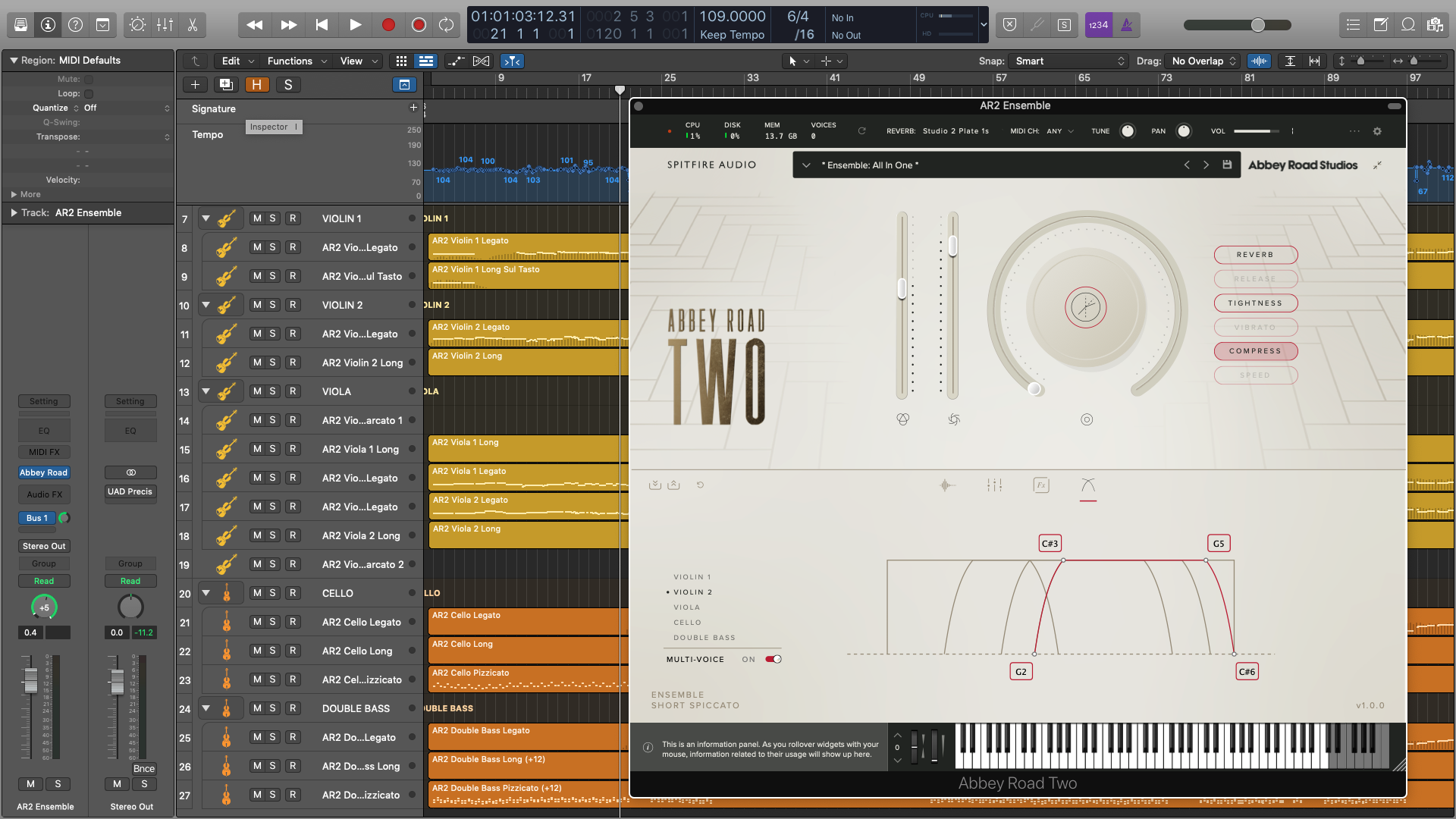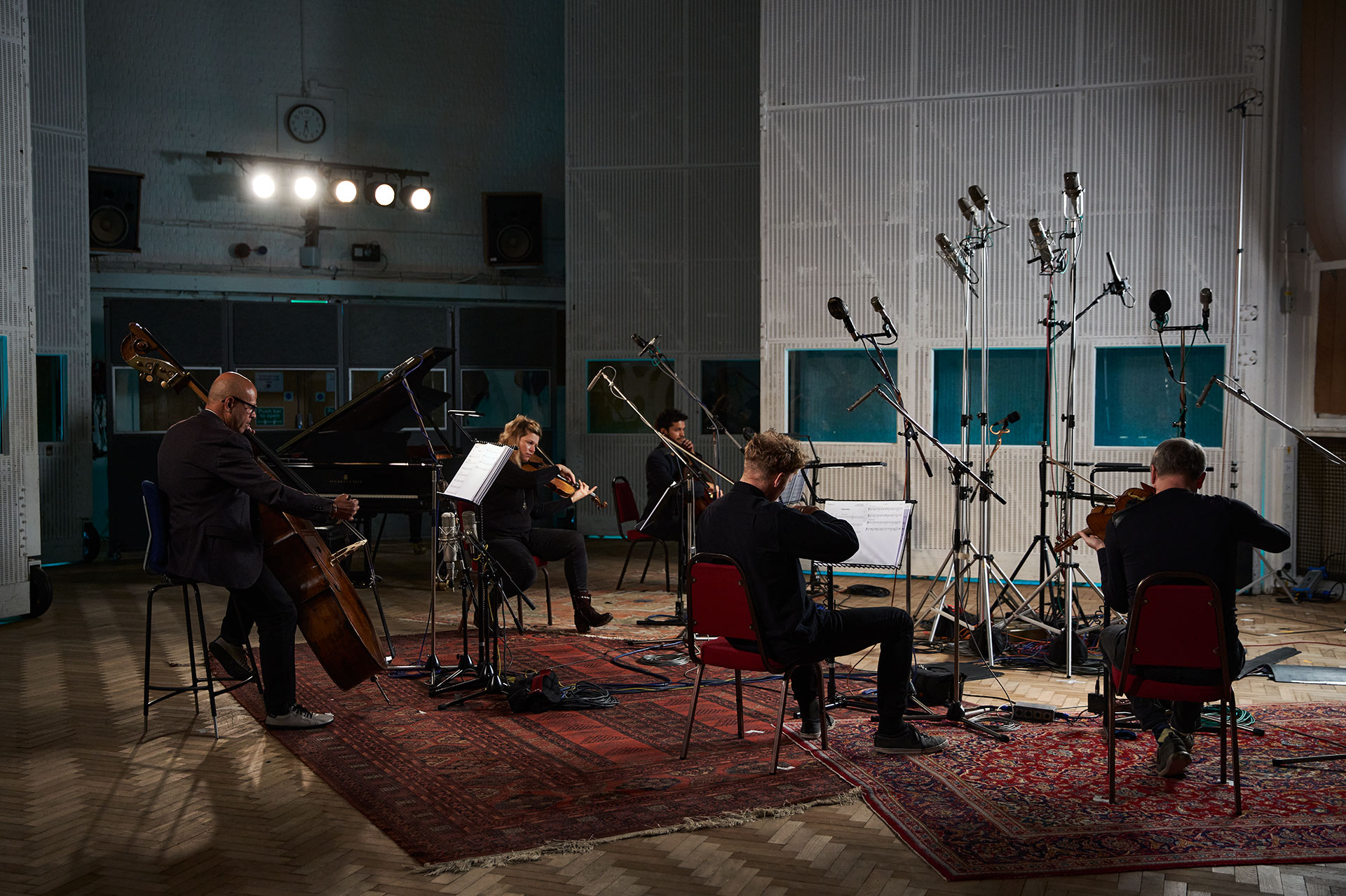Spitfire Audio’s Abbey Road Two: Iconic Strings aims to capture the magic of the world’s most famous studio
Vintage and Modern string mixes from a Grammy-Award-winning engineer
Put the words ‘Abbey Road’ and ‘strings’ together and all kinds of sonic images come to mind. Think The Beatles’ Eleanor Rigby, or all those classic movie scores that were recorded at the grand old studios.
Now Spitfire Audio is attempting to bottle this magic with Abbey Road Two: Iconic Strings, a new instrument that features recordings of five world-class players doing their thing.
Studio Two, of course, is legendary, and to ensure that its sound was accurately captured, Spitfire called in Grammy-Award-winning engineer Sam Okell to create both Vintage and Modern mixes.
The Vintage mixes are designed to recreate what you might think of as the ‘classic’ Studio Two sound, and were recorded using the vintage REDD desk and parallel compression from the EMI/Abbey Road RS124, passed through the much-loved J37 tape machine.

There are also features that are designed to ease the process of creating convincing string sections. The Arranger, for example, enables you to control the instrument ranges within the string band, and there’s an all-new ‘legatos’ programming feature.
Abbey Road Two: Iconic Strings is available in two formats: Core and Professional. The former gives you one vintage and one modern mix, while the latter provides two of each, plus eight mic positioning options so you can customise your sound still further. There are more articulations and legato techniques here, too. Both versions also give you access to the Studio Two Echo Chamber.
Find out more on the Spitfire Audio website. Abbey Road Two: Iconic Strings is available now priced at $229/£199/€229 (Core) and $399/£349/€399 (Pro). This is an introductory offer, with prices set to rise to $299/£249/€299 (Core) and $499/£449/€499 (Pro) in January.
Get the MusicRadar Newsletter
Want all the hottest music and gear news, reviews, deals, features and more, direct to your inbox? Sign up here.




I’m the Deputy Editor of MusicRadar, having worked on the site since its launch in 2007. I previously spent eight years working on our sister magazine, Computer Music. I’ve been playing the piano, gigging in bands and failing to finish tracks at home for more than 30 years, 24 of which I’ve also spent writing about music and the ever-changing technology used to make it.









